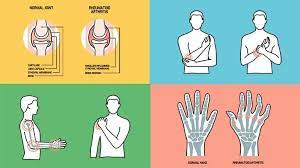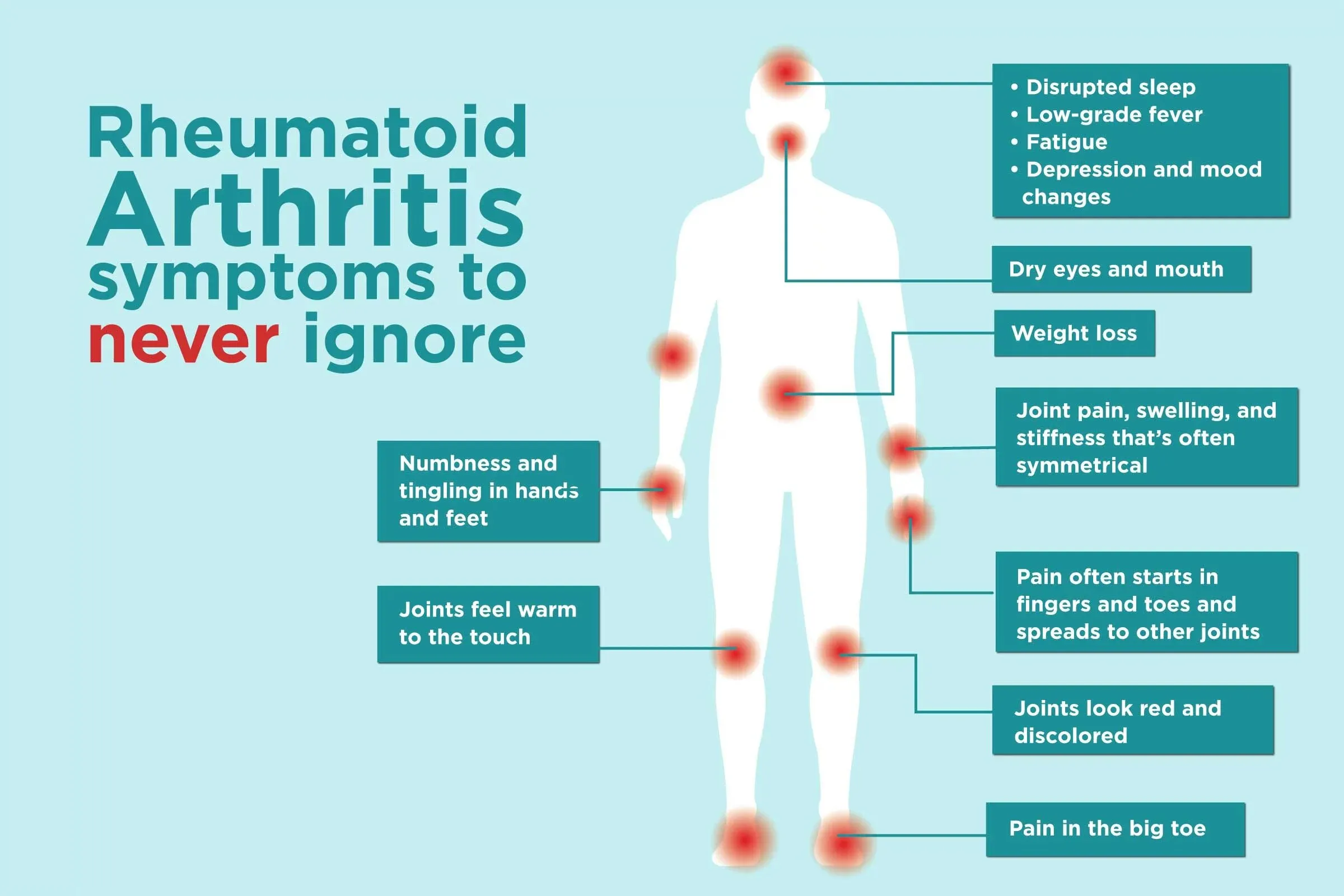Oh, precious locks that grace our head, so soft and silky, now they shed,
falling out with every brush, our once full mane now starts to rush.
The sight of strands upon the floor, leaves us feeling sad and sore,
for our hair is part of our charm, but now it seems to cause us harm.
The stress and worry of our days, causes hair to fall in many ways,
but we must take care and treat it well, so our mane may once again swell.
Let us cherish our tresses with care, and protect them from damage and despair,
for a full head of hair is a treasure, one that we should always endeavor to measure.
Hair fall can have various reasons, including genetics, diet, stress, hormonal changes, and certain medical conditions. Here are some tips that might help you reduce hair fall:
- Follow a healthy diet: Include foods rich in protein, iron, and vitamins in your diet. Foods like eggs, spinach, carrots, nuts, and fish are great sources of nutrients that promote hair health.
- Reduce stress: Stress can trigger hair fall. Practice stress management techniques such as meditation, deep breathing, or yoga.
- Avoid using hot tools: Excessive heat styling can damage hair and cause it to fall. Try to avoid using hot tools like straighteners and curling irons.
- Be gentle with your hair: Avoid tight hairstyles that can pull on the hair and cause damage. Be gentle when combing or brushing your hair, and use a wide-tooth comb or a brush with soft bristles.
- Use hair care products carefully: Use mild shampoos and conditioners that are suitable for your hair type. Avoid using products that contain harsh chemicals that can damage hair.

- Maintain a healthy diet: Make sure you are consuming a balanced diet rich in protein, iron, zinc, and vitamin D, as these nutrients are essential for healthy hair growth.
- Avoid harsh treatments: Avoid using harsh chemicals, such as hair dyes, straighteners, and relaxers, as they can damage the hair follicles and cause hair fall.
- Use gentle hair care products: Use gentle, sulfate-free shampoos and conditioners that are formulated for your hair type.
- Massage your scalp: Massaging your scalp can increase blood flow to the hair follicles and promote hair growth.
- Consider supplements: Some supplements, such as biotin, vitamin E, and iron, may help promote healthy hair growth. However, it’s important to talk to your doctor before starting any supplements.
If you are experiencing excessive hair fall despite these measures, it’s important to speak to a healthcare professional as there may be an underlying medical condition that needs to be addressed.




